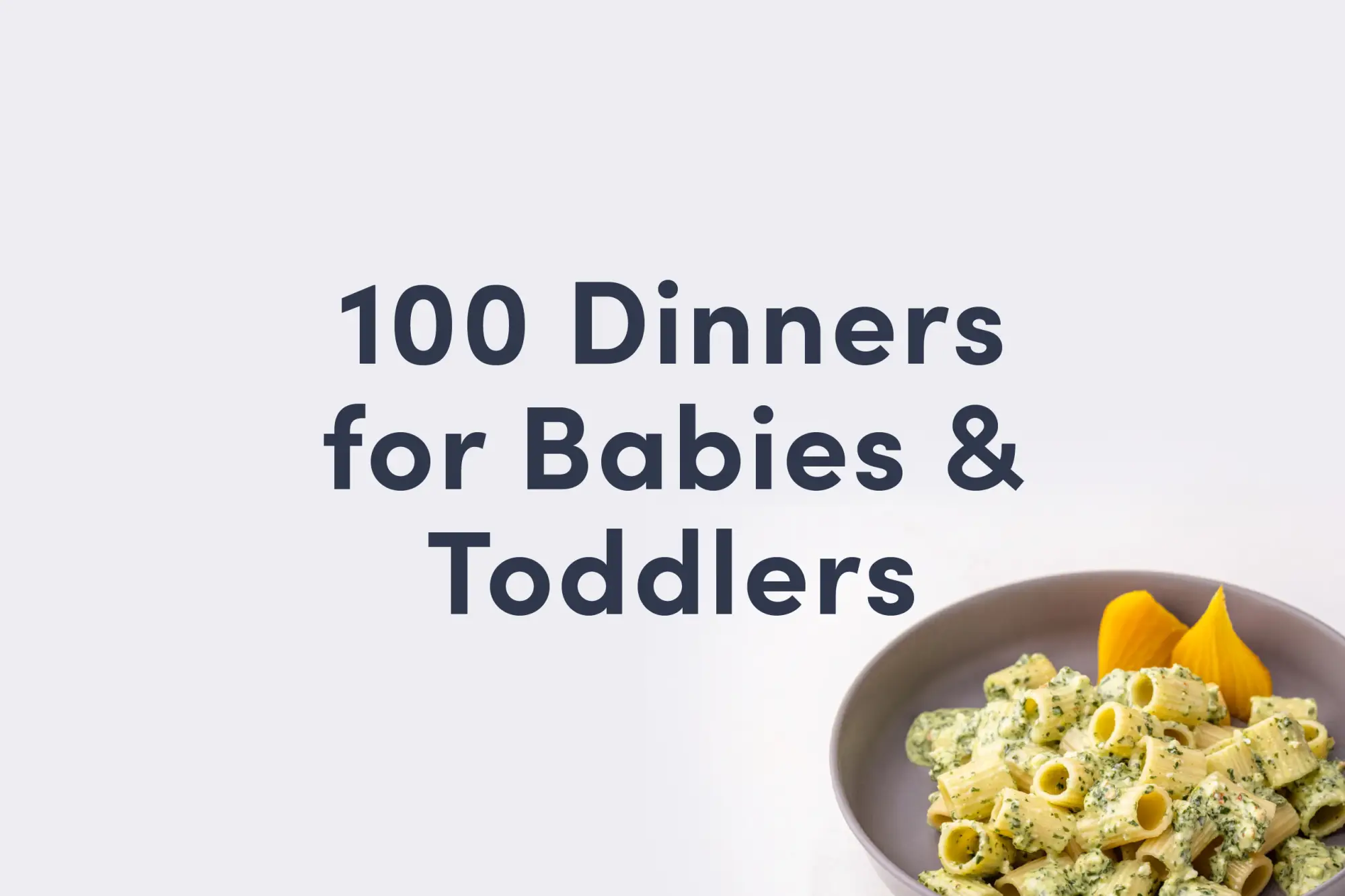Shiitake Mushrooms
Fungi
Age Suggestion
6 months
Iron-Rich
No
Common Allergen
No

When can babies have shiitake mushrooms?
Shiitake mushrooms may be introduced as soon as baby is ready to start solids, which is generally around 6 months of age.
Our planet is home to more than 2,000 known edible varieties of mushrooms, but the shiitake is among the most widely consumed. The name comes from the Japanese words for tree and mushroom—a hint at how the shiitake grows. In the 13th century, farmers developed techniques for cultivating the fungus on logs to replicate symbiotic conditions in the wild, where shiitakes thrive in proximity to trees.
Are shiitake mushrooms healthy for babies?
Yes. Shiitake mushrooms are a naturally-occurring source of vitamin D and offer some vitamin B12 as well, making the mushrooms an excellent food for plant-based diets. They also contain fiber and lots of other essential vitamins and minerals, including selenium to support the immune system and zinc to aid our senses of smell and taste. Finally, shiitakes contain some phytonutrients that may offer antioxidant, anti-bacterial, anti-inflammatory, and anti-cancer properties.
Make sure to buy mushrooms from a reputable source and avoid foraged mushrooms unless an expert mycologist has confirmed they are safe to eat, as there are plenty of poisonous species growing in the wild.
★Tip: Shiitakes are sold fresh or dried. Fresh shiitake are free of wrinkles, slime, and dried stems, with supple caps that spring to the touch.
Are shiitake mushrooms a common allergen?
No. Mushroom allergy is rare, although not unheard of.
There are, however, are a few considerations to keep in mind. First, raw and undercooked shiitake mushrooms contain a toxin called lentinan that can cause skin reactions in some individuals. The rash appears as red, itchy, linear streaks on the body, and in rare cases can be associated with fever, diarrhea, discomfort with swallowing, or tingling of the lips and extremities. Thoroughly cooking shiitakes breaks down the toxin and makes the mushrooms safe for consumption. Second, shiitake spores can be allergenic and can cause problems for people with sensitivities to airborne allergens or respiratory conditions like asthma. This is most likely to occur in individuals who handle raw mushrooms frequently. In rare cases, exposure to shiitake may trigger an asthma attack in susceptible individuals. Individuals with Oral Allergy Syndrome (also called “pollen-food” allergy syndrome) may also be sensitive to mushrooms. Oral Allergy Syndrome typically results in short-lived itching in the mouth and is unlikely to result in a dangerous reaction. Finally, mushrooms contain chitin, a common carbohydrate found in crustaceans and insects that may contribute to an allergic response in some people.
As you would when introducing any new food, start by offering a small quantity for the first few servings. If there is no adverse reaction, gradually increase the amount over future meals.
Are shiitake mushrooms a choking hazard for babies?
Yes. Shiitake mushrooms can be slippery and challenging for new eaters to break down in the mouth, and the stems are round and firm, qualities that can increase choking risk. To reduce the risk, prepare and serve shiitake mushrooms in an age-appropriate way as described in the How to Serve section. As always, make sure you create a safe eating environment and stay within an arm’s reach of baby during meals.
Learn the signs of choking and gagging and more about choking first aid in our free guides, Infant Rescue and Toddler Rescue.
How do you serve shiitake mushrooms to babies?
Every baby develops on their own timeline, and the suggestions on how to cut or prepare particular foods are generalizations for a broad audience.
6 months old +:
Mix finely chopped, cooked shiitake mushrooms into foods that are easy for baby to pick up and munch on, such as egg strips, or mix into soft, scoopable foods like mashed vegetables or porridges like congee or jook. Alternatively, if you have large shiitake mushrooms (with a cap bigger than baby’s mouth), you can offer a whole cooked shiitake cap, with stem removed. Baby likely won’t get much food in the belly this way, but still gets an opportunity to experience the food’s texture and flavors.
9 months old +:
Serve chopped, cooked shiitakes mixed into cooked egg, bean or noodle dishes, and other foods as desired. At this age, baby’s pincer grasp will be developing, enabling them to pick up smaller pieces of food, like slices of cooked shiitake mushroom cap. Consider removing the stem to reduce choking risk.
18 months old +:
Serve chopped pieces or slices of cooked shiitake as desired in meals. You can also serve large sections or whole cooked shiitake mushrooms, just know that the texture can be challenging for toddlers to tear and chew, especially in the stem, so expect some spitting. At this age, it is fine to leave the stems on cooked shiitake, although cutting the stem in half lengthwise, so it is no longer round, can reduce choking risk.
Written by
Expert Tips Delivered to Your Inbox
Sign up for weekly tips, recipes and more!
The content offered on SolidStarts.com is for informational purposes only. Solidstarts is not engaged in rendering professional advice, whether medical or otherwise, to individual users or their children or families. No content on this site, regardless of date, should ever be used as a substitute for direct medical advice from your doctor or your medical or health professional, nutritionist, or expert in pediatric feeding and eating. By accessing the content on SolidStarts.com, you acknowledge and agree that you are accepting the responsibility for your child’s health and well-being. In return for providing you with an array of content “baby-led weaning” information, you waive any claims that you or your child may have as a result of utilizing the content on SolidStarts.com.







